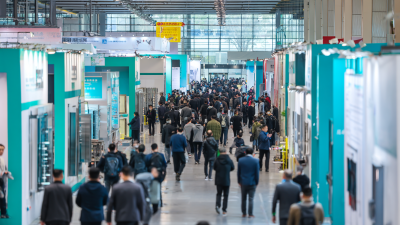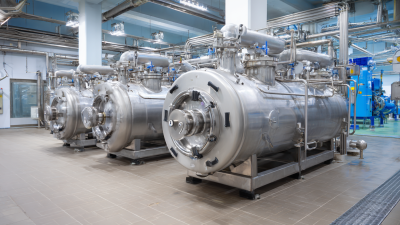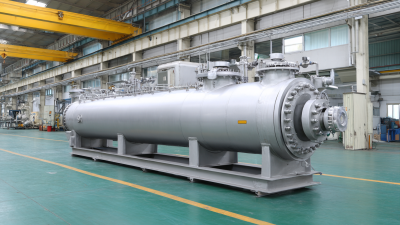Leave Your Message
As we approach the 138th Canton Fair in 2025, the focus on innovative technologies in the manufacturing sector is more prominent than ever. One of the key topics that will undoubtedly capture the attention of industry leaders and attendees is the Brazed Plate Heat Exchanger. Renowned for their compact design, high thermal efficiency, and robustness, Brazed Plate Heat Exchangers are revolutionizing the way heat transfer processes are handled across various applications. This introduction to the future of Brazed Plate Heat Exchangers aims to explore the latest advancements in design and technology that promise to enhance energy efficiency and sustainability.
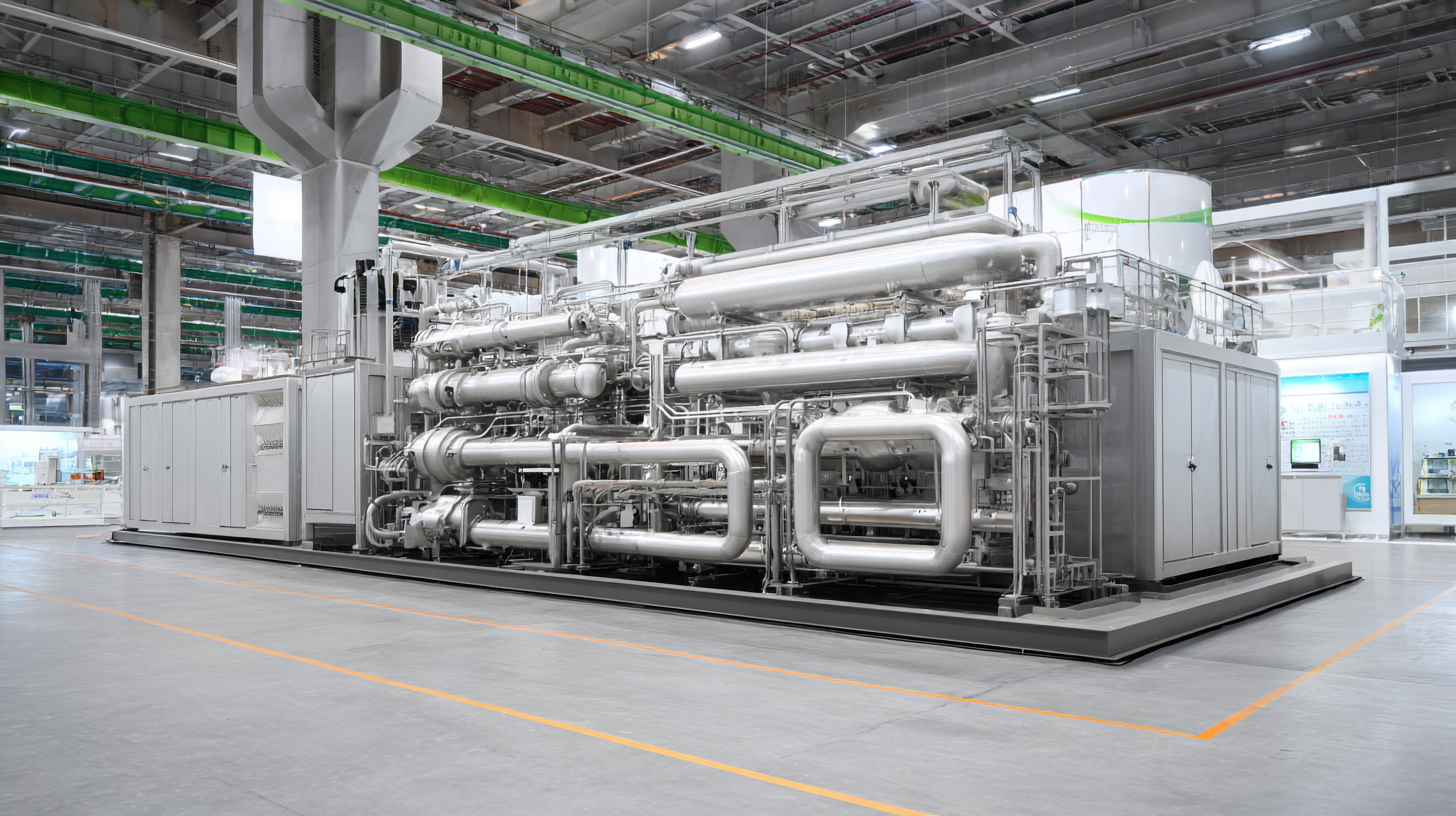
As the industry evolves, the fair will serve as a platform for showcasing groundbreaking solutions and fostering collaborations aimed at meeting the growing demand for thermal management systems in diverse sectors.
As the 138th Canton Fair approaches in 2025, significant innovations in brazed plate heat exchanger technology are set to be highlighted. The global plate and frame heat exchanger market is projected to grow substantially, with an estimated value of USD 10.50 billion by 2030, up from USD 7.21 billion in 2025, reflecting a compound annual growth rate (CAGR) of 7.8%. This growth underscores the increasing demand for efficient thermal management solutions, emphasizing the importance of advanced technologies in this sector.
Recent advancements in additive manufacturing for heat exchangers present new opportunities for efficiency and customization. A comprehensive review highlights how artificial intelligence is enhancing the manufacturing process, allowing for the creation of heat exchangers that are tailored to specific thermal management needs. As major players continue to compete, innovations in materials and design will play a crucial role in meeting the rising demands of industries, particularly in high-density data centers, where optimized cooling solutions are essential for maintaining performance and reliability.
The market for brazed plate heat exchangers (BPHEs) is anticipated to witness significant growth, propelled by rising demands in various sectors. With the global microchannel heat exchanger market projected to expand from $11.39 billion in 2025 to an impressive $20.33 billion by 2032, BPHEs are positioned to capitalize on this burgeoning trend. Their compact design and high efficiency make them an ideal choice for industries such as HVAC, chemical processing, and power generation, where effective thermal management is crucial.

Moreover, technological advancements and the increasing adoption of energy-efficient systems further contribute to the uptick in demand for brazed plate heat exchangers. As manufacturers continue to innovate their product offerings, optimizing BPHEs for specific applications like residential heat pumps, the versatility and market appeal of these heat exchangers are bound to grow. As showcased at the Canton Fair 2025, the ongoing dialogue about market trends and consumer needs will shape the future landscape of the BPHE industry, fostering a competitive environment that champions efficiency and sustainability.
At the upcoming 138th Canton Fair in 2025, the spotlight on sustainability initiatives in heat exchange solutions will be more pronounced than ever. The global market for brazed plate heat exchangers, valued at approximately $3.1 billion in 2023, is projected to grow at a CAGR of 5.8% through 2030. This growth is primarily driven by increasing energy efficiency mandates and a collective shift towards eco-friendly technologies across various industries such as HVAC, food processing, and chemical storage.
Leading manufacturers are embracing innovative designs and materials that reduce the environmental impact of their products. For instance, the introduction of corrosion-resistant alloys not only enhances performance but also extends the lifespan of heat exchangers, minimizing waste. Furthermore, advancements in automated manufacturing processes have led to reduced energy consumption during production, aligning with the United Nations’ Sustainable Development Goals. Data from the International Energy Agency indicates that optimizing heat recovery systems could yield a potential energy saving of up to 30% in industrial applications, underscoring the vital role of brazed plate heat exchangers in achieving sustainability targets.
| Category | Technology | Efficiency (%) | Application | Sustainability Impact |
|---|---|---|---|---|
| Air Conditioning | Microchannel Technology | 95 | Residential & Commercial | Reduces energy consumption |
| Industrial Heating | Laser Welding Plates | 90 | Process Industry | Less material waste |
| Refrigeration | Copper-Brazed Technology | 92 | Commercial Refrigerators | Eco-friendly refrigerants |
| Waste Heat Recovery | Finned Tube Technology | 88 | Power Generation | Increases overall efficiency |
At the upcoming 138th Canton Fair in 2025, networking opportunities for industry professionals will be abundant, fostering connections that can drive business growth and innovation. With a diverse range of exhibitors showcasing the latest in technology and manufacturing, attendees can engage with key players in their fields and explore collaborative ventures. This fair is particularly significant for those in the brazed plate heat exchanger sector, as it represents a unique platform to exchange ideas, learn from industry leaders, and develop strategic partnerships.
The Canton Fair is known as "China's Number One Fair," and its biannual event continues to attract professionals from across the globe. The 138th edition promises to be no exception, featuring pavilions dedicated to various industries, including emerging sectors focused on sustainability and cutting-edge design. For participants, whether seasoned buyers or first-time visitors, the fair offers essential insights into market trends and innovations, making it an invaluable experience for anyone looking to expand their professional network in a dynamic environment.
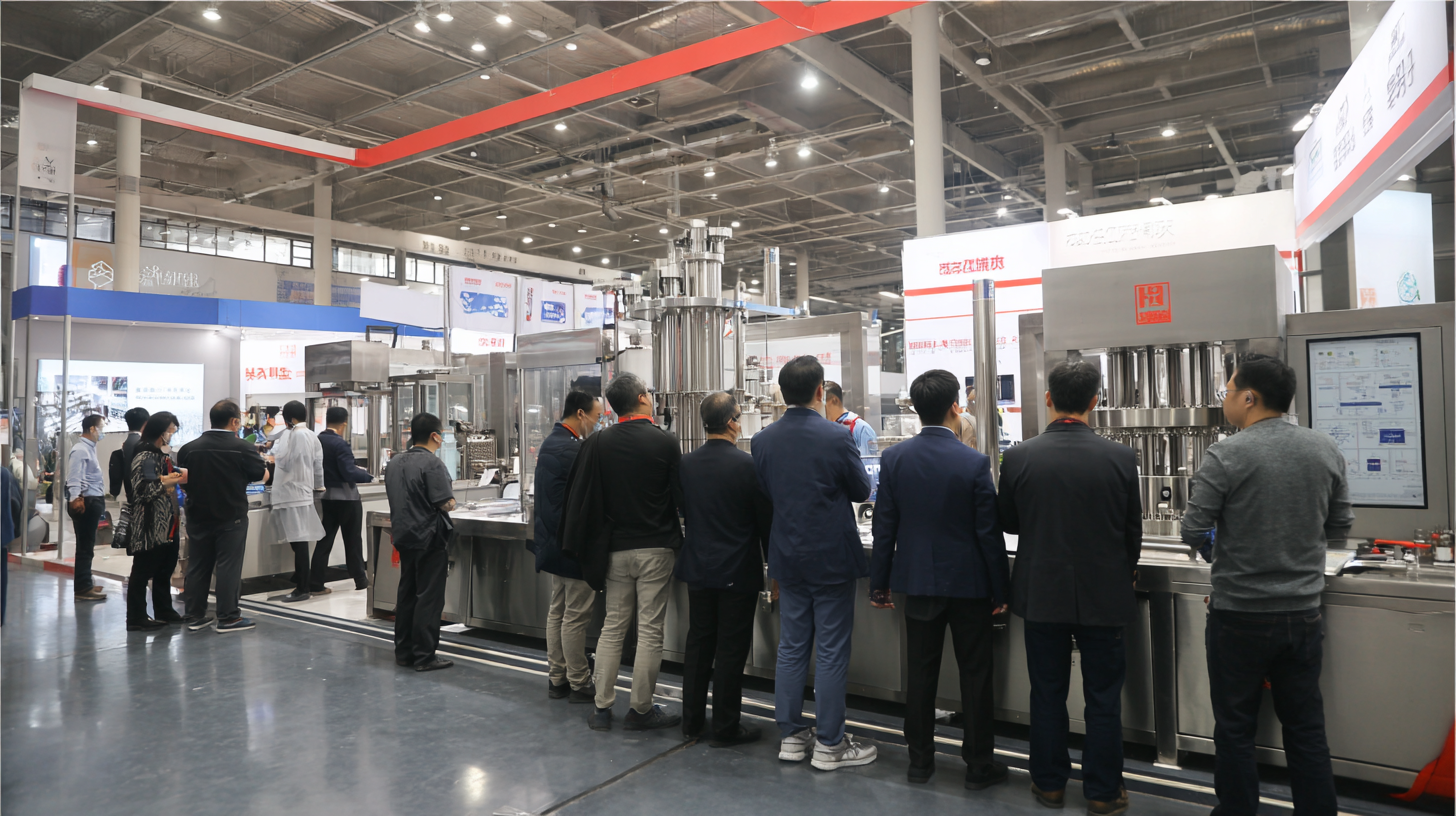
The upcoming 138th Canton Fair in 2025 will serve as a pivotal platform for discussing the future challenges and solutions associated with brazed plate heat exchangers (BPHEs). As industries increasingly prioritize energy efficiency and sustainability, BPHEs have emerged as vital components in applications ranging from HVAC systems to refrigeration. According to a recent market analysis by ResearchAndMarkets, the BPHE market is expected to grow at a CAGR of 8% over the next five years, indicating a rising demand for innovative designs and improved functionalities.
One of the primary challenges facing BPHE applications is the need for enhanced thermal performance while minimizing environmental impact. As manufacturers strive to meet stringent regulations, the integration of advanced materials and innovative manufacturing techniques will be essential. For example, utilizing high-performance alloys can significantly enhance heat transfer efficiency, which is crucial for optimizing system performance.
**Tip:** When selecting a BPHE for your application, prioritize manufacturers that focus on research and development to stay ahead of industry trends. Collaborating with suppliers who provide comprehensive data on performance metrics and environmental compliance can lead to more informed decision-making.
Furthermore, addressing the technical limitations of BPHEs, such as pressure drop and fouling, will also be vital. Implementing robust cleaning technologies and predictive maintenance strategies can help mitigate these issues, ensuring longevity and reliability in heat exchanger operations. Exploring these solutions at the Canton Fair will not only foster innovation but also facilitate partnerships that bridge knowledge gaps in the industry.
**Tip:** Engage in discussions during the fair about the latest cleaning technologies that can enhance BPHE efficiency, as well as the role of predictive analytics in maintenance.
This chart illustrates the projected trends in the demand for various applications of Brazed Plate Heat Exchangers (BPHE) from 2023 to 2025. The applications include HVAC, refrigeration, industrial processes, and renewable energy. The data reflects the increasing focus on efficiency and sustainability in heat transfer technologies.


